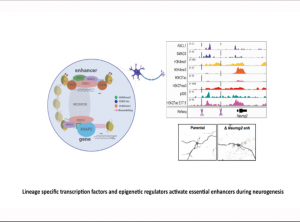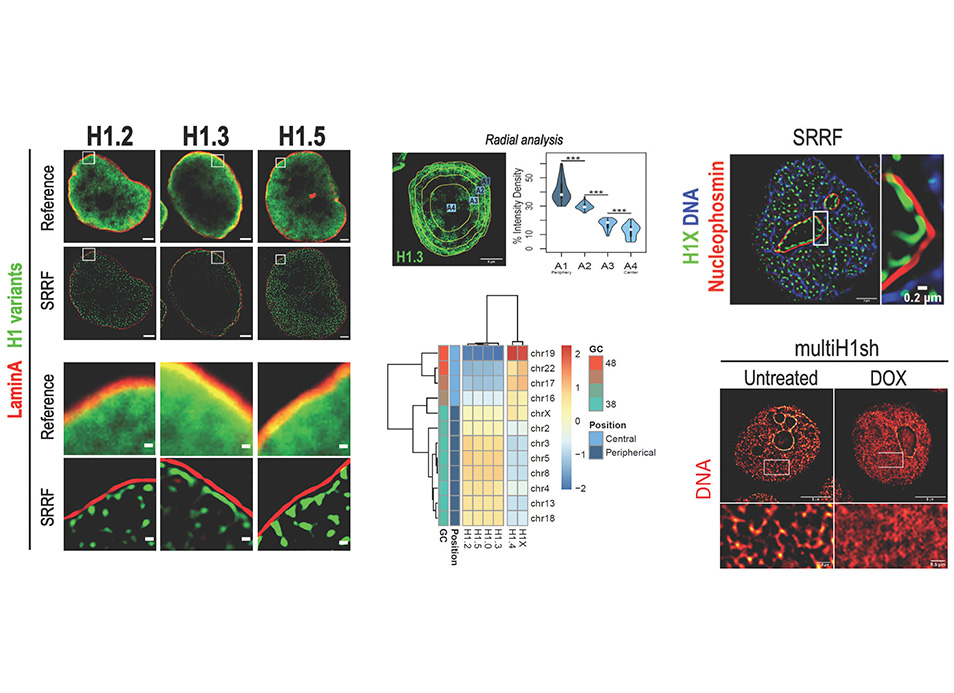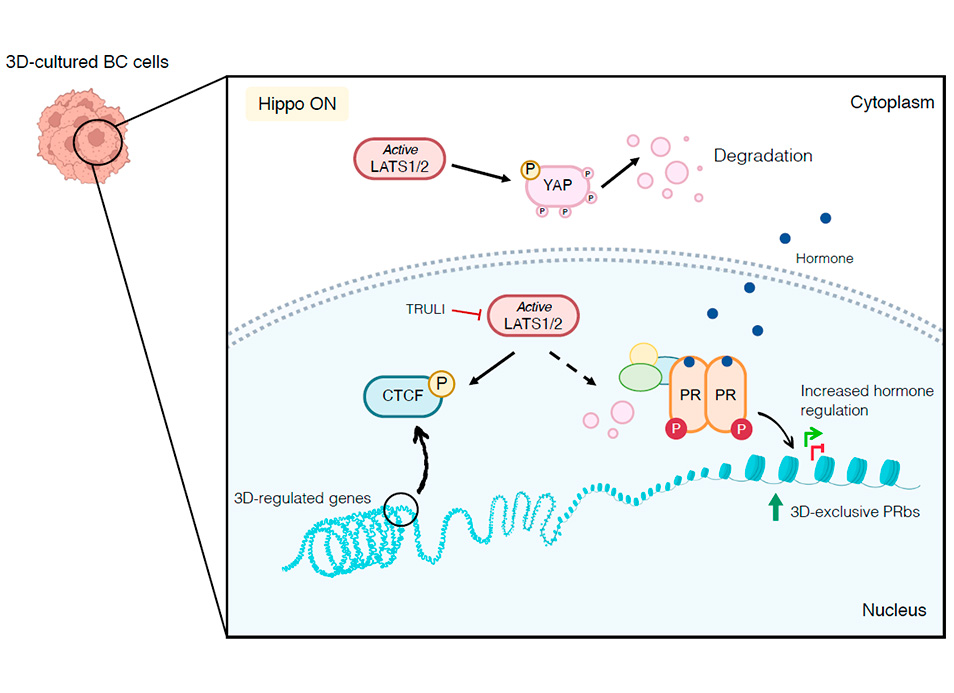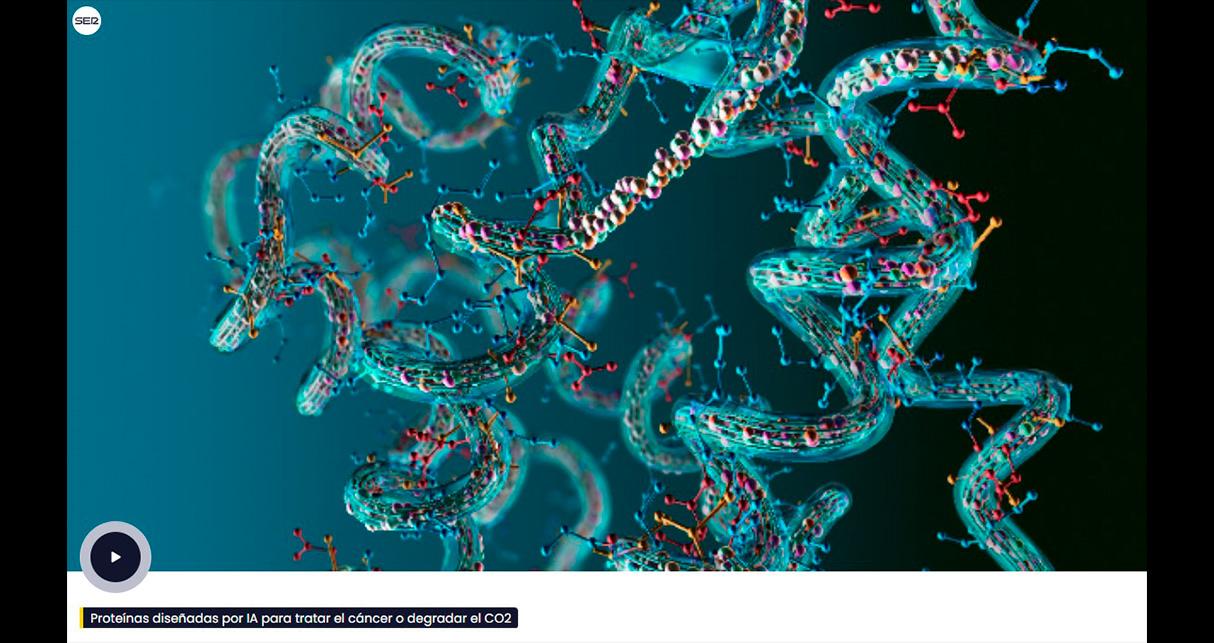New publication in eLife of the Jordan Lab in collaboration with the IBMB Imaging Platform showing that…
Lineage specific transcription factors and epigenetic regulators mediate TGFβ-dependent enhancer activation
Fueyo et al. have provided insight into how transcription factors activate enhancers during neurogenesis. The work highlights the role of cofactors to create the appropriate chromatin landscape to allow enhancer transcription and posterior gene activation. The relevance of these factors is shown by demonstrating that deletion of one enhancer is sufficient to impair neuronal differentiation.

During neurogenesis, dynamic developmental cues, transcription factors and histone modifying enzymes regulate the gene expression programs by modulating the activity of neural-specific enhancers. How transient developmental signals coordinate transcription factor recruitment to enhancers and to which extent chromatin modifiers contribute to enhancer activity is starting to be uncovered. Here, we take advantage of neural stem cells as a model to unravel the mechanisms underlying neural enhancer activation in response to the TGFβ signaling. Genome-wide experiments demonstrate that the proneural factor ASCL1 assists SMAD3 in the binding to a subset of enhancers. Once located at the enhancers, SMAD3 recruits the histone demethylase JMJD3 and the remodeling factor CHD8, creating the appropriate chromatin landscape to allow enhancer transcription and posterior gene activation. Finally, to analyze the phenotypical traits owed to cis-regulatory regions, we use CRISPR-Cas9 technology to demonstrate that the TGFβ-responsive Neurog2 enhancer is essential for proper neuronal polarization.
This work has been performed at the “Molecular Signalling to Chromatin” (Marian Martínez-Balbás) group at the IBMB and has been published in Nucleic Acids Research
Fueyo R, Iacobucci S, Pappa S, Estarás C, Lois S, Vicioso-Mantis M, Navarro C, Cruz-Molina S, Reyes JC, Rada-Iglesias Á, de la Cruz X, Martínez-Balbás M.A. Nucleic Acids Research (2018) 46, 3351-3365 https://doi.org/10.1093/nar/gky093



